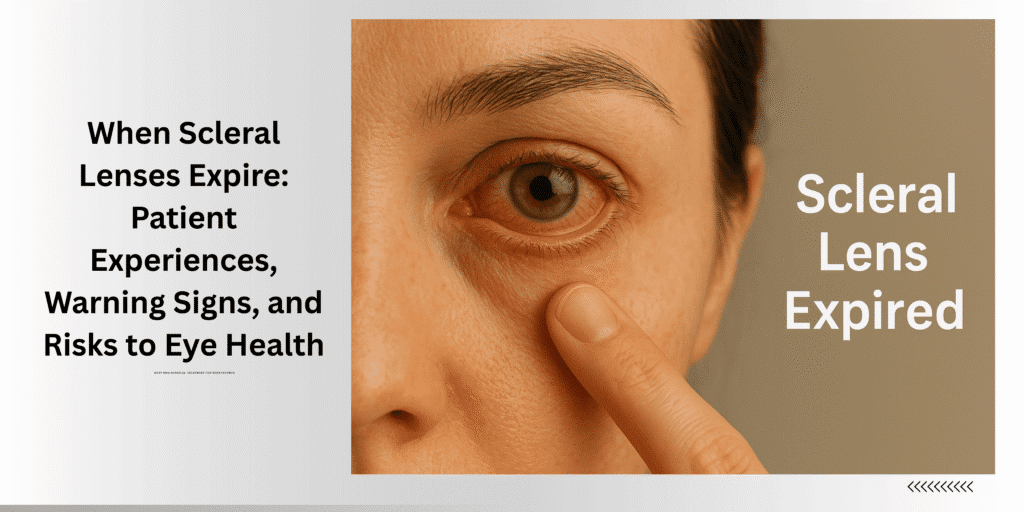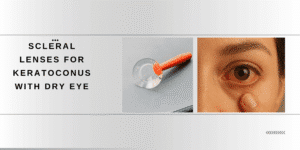Seeing the Warning Signs: A Patient’s Guide to Scleral Lens Expiration Risks
People with uneven corneas, severely dry eyes, or malfunctioning eye surfaces may benefit from scleral lenses, which are large gas-permeable contact lenses covering the cornea and resting on the white portion of the eye. Although scleral lenses are durable and custom-made, they have a limited lifespan. Like other medical devices, they have a recommended lifespan after which they may be unsafe or ineffective. Knowing about lens expiration and how it impacts patients can help you maintain your eye health over time.
Are You Aware of the "Lens Expiry" for a Scleral Lens?
Occasionally a scleral lens could not offer the optimum comfort, safety, or vision. This condition is called “lens expiry.” Even if they seem like they are in excellent form, microscratches, UV exposure, protein, lipid, and tear film deposition, as well as routine cleaning, can erode lens material over time. Depending on use and handling, most manufacturers and eye care experts advise replacing scleral lenses every one to two years. Expired lenses could have tiny surface faults or chemical changes that make them less useful and more incompatible with your eyes, even without any obvious damage.
Why Your Scleral Lenses Might Not Work Like They Used To
Many factors can hasten the end of a scleral lens’s usable life: Deposits on the Surface: With time, protein, lipid, and mucin deposits accumulate on the lens surface, therefore reducing permeability and raising the likelihood of inflammation. Handling and cleaning something frequently may cause edge chipping and microscratches. A lens that formerly fit perfectly may not fit as well after surgery or a disease that grows worse over time, such as keratoconus, if your eye form changes.




